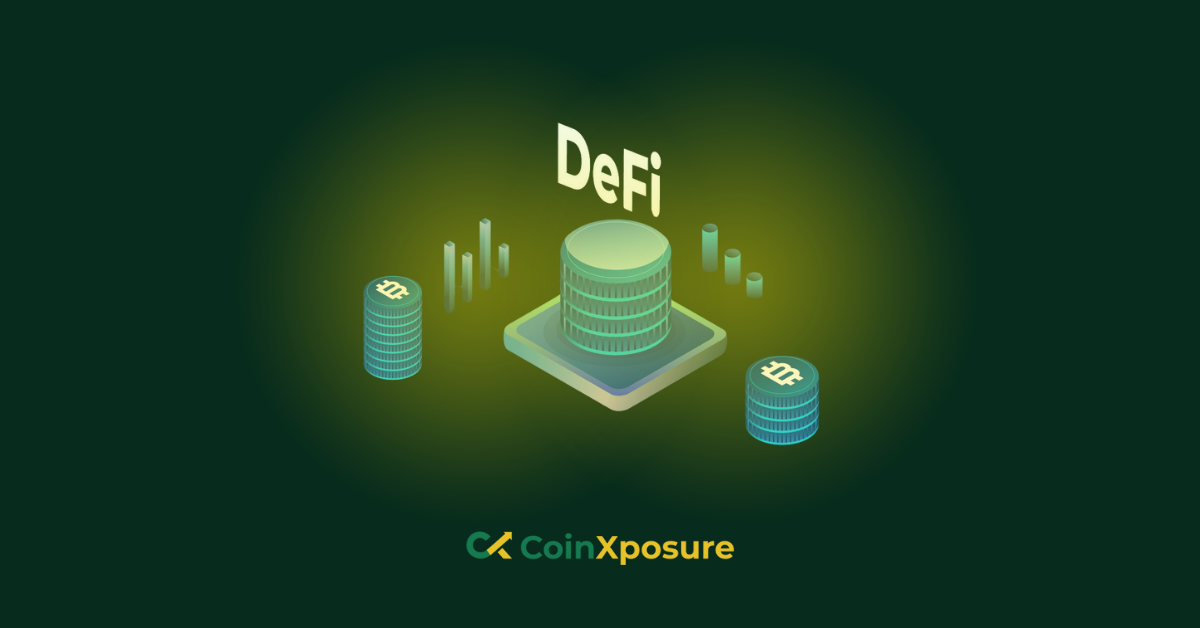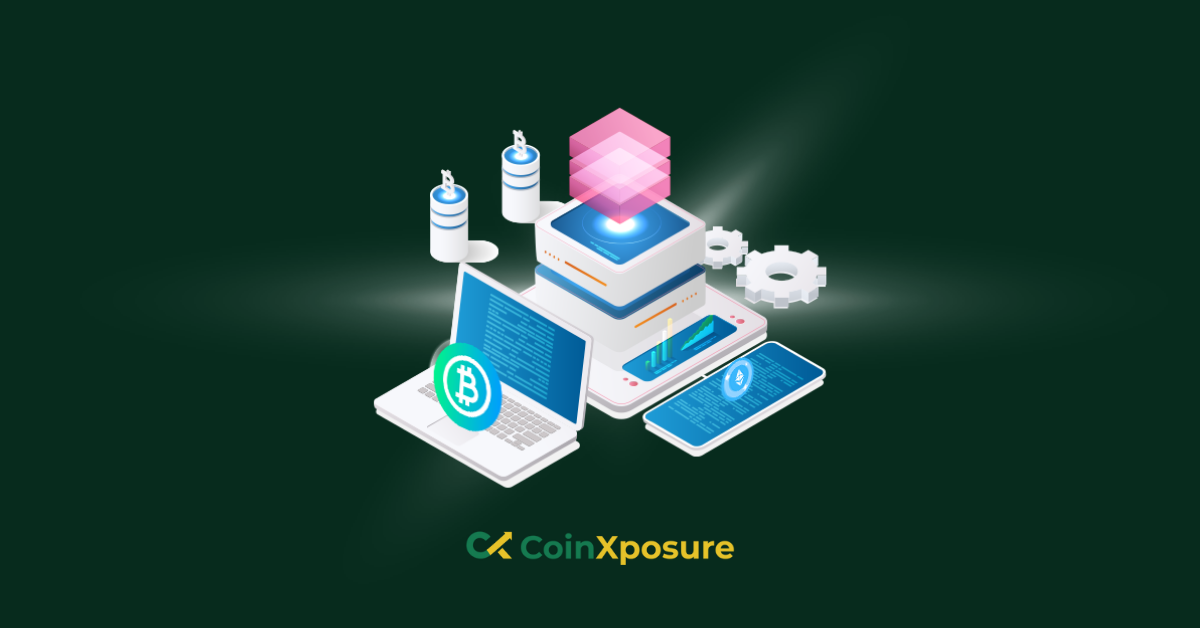The convergence of various blockchains in blockchain technology is causing revolutionary breakthroughs. From dissolving blockchain barriers to reinforcing resilience and security measures, we will explore this interoperability comprehensively.
This article explores the essential idea of cross-chain compatibility and its important implications for developing smart contract capabilities.
What is Cross-Chain Compatibility?
The ability of various blockchains to seamlessly communicate and interact is known as cross-chain compatibility. Interoperability is a crucial component that dismantles the divisions among different blockchain networks. Self-executing contracts, known as smart contracts, which have their terms encoded directly into code, are the foundation of decentralized applications (DApps). However, the isolation of many blockchains has limited the potential of smart contracts.
How Cross-Chain Compatibility Enhances Smart Contract Capabilities
Cross-chain compatibility enhances smart contract capabilities through the following:
- Accessibility and inclusivity
- Addressing the growing demand for decentralized applications
- Scalability enhancement
- Seamless movement of tokens across blockchains
- Expanding functionalities for smart contracts
- Diverse ecosystems and reducing single points of failure
- Unlocking liquidity pools and facilitating efficient trading
- Leveraging advanced security features from different blockchains
- Security advancements
Accessibility and Inclusivity
Different blockchains cater to specific use cases, industries, or functionalities. However, this specificity can create barriers, limiting the potential of smart contracts to address a broader range of applications.
Cross-chain compatibility breaks down these barriers by allowing smart contracts to transcend the constraints of a single blockchain. This inclusivity enables developers to explore innovative solutions that tap into diverse functionalities across various blockchains.
Addressing the Growing Demand for Decentralized Applications
The surge in demand for decentralized applications, spanning sectors such as finance, gaming, and supply chain management, necessitates scalable solutions. Cross-chain compatibility allows developers to strategically deploy their applications where they are most needed.
This adaptability to diverse use cases is a hallmark of the enhanced scalability offered by cross-chain compatibility. It provides a flexible framework to meet the evolving needs of decentralized applications, ensuring sustained performance and user satisfaction.
Scalability Enhancement
Scalability is a critical concern as decentralized applications gain traction. Conventional blockchains often need help to handle the increasing demand, leading to congestion and slower transaction processing times. Cross-chain compatibility introduces a solution by distributing smart contracts across multiple blockchains.
This approach, often called blockchain sharding, involves breaking the network into smaller, more manageable parts, or shards. Smart contracts can operate seamlessly across these shards, creating a more scalable and efficient decentralized ecosystem.
Seamless Movement of Tokens Across Blockchains
Cross-chain compatibility facilitates the seamless movement of tokens and assets across different blockchains. This interoperability is a game-changer for the liquidity of assets within the decentralized ecosystem. Users can transfer tokens from one blockchain to another without intermediaries, unlocking liquidity pools and creating a more fluid and efficient trading environment.
Expanding Functionalities for Smart Contracts
The expansion of functionalities for smart contracts directly results from cross-chain compatibility. Developers can combine the unique features of different blockchains to create more robust and versatile smart contracts.
For example, a smart contract could utilize the fast transaction speeds of one blockchain for executing transactions while relying on the security features of another blockchain to ensure the integrity of the contract’s terms. This flexibility empowers developers to tailor smart contracts to specific needs, creating a more dynamic ecosystem.
Diverse Ecosystems and Reducing Single Points of Failure
A significant advantage of cross-chain compatibility is the creation of a more diverse and resilient decentralized ecosystem. In a conventional, single-chain environment, the failure or compromise of that single blockchain can have far-reaching consequences.
Cross-chain compatibility mitigates this risk by dispersing smart contracts across multiple blockchains. When there’s an issue with one blockchain, the others can continue to operate independently, reducing the impact of a single point of failure.
Unlocking Liquidity Pools and Facilitating Efficient Trading
Decentralized exchanges (DEXs) play a crucial role in blockchain by enabling users to trade without relying on centralized authorities. Cross-chain compatibility enhances the capabilities of DEXs by allowing them to access liquidity from various blockchains.
This interconnected liquidity pool gives users more trading options and better market depth. As a result, users can enjoy efficient and secure trading experiences, further fueling the adoption of decentralized financial systems.
Leveraging Advanced Security Features from Different Blockchains
Different blockchains implement various security features and consensus mechanisms. Cross-chain compatibility allows developers to leverage these advanced security features by integrating smart contracts with the most suitable blockchains. This approach enhances the overall robustness of smart contracts, making them less susceptible to potential threats and vulnerabilities.
Security Advancements
Security is paramount in the blockchain space, and cross-chain compatibility introduces an additional layer of defense. By dispersing smart contracts across multiple blockchains, the risk of a single point of compromise is significantly reduced. Even if one blockchain faces a security breach, the smart contracts operating on other compatible chains remain secure. This dispersion of assets and operations enhances the overall security posture of decentralized applications.
Practical Applications of Cross-chain Compatibility
Here are some practical applications of cross-chain compatibility:
- Cross-platform token swaps
- DeFi services across multiple blockchains
- Decentralized exchanges and complex smart contract interactions
Cross-Platform Token Swaps
One practical application of cross-chain compatibility is the seamless execution of cross-platform token swaps. Users can exchange tokens from one blockchain for tokens on another without centralized exchanges.
This functionality promotes a more decentralized and user-friendly approach to token swaps, increasing accessibility and reducing dependency on specific platforms.
DeFi Services Across Multiple Blockchains
Decentralized finance is a prime beneficiary of cross-chain compatibility. With the ability to operate across multiple blockchains, DeFi services become more accessible, scalable, and secure. Users can access a diverse range of financial products and services, and developers can optimize their applications by choosing the most suitable blockchains for specific functionalities. This multi-chain approach contributes to the evolution and maturation of the DeFi ecosystem.
Decentralized Exchanges and Complex Smart Contract Interactions
Cross-chain compatibility plays an essential role in the functionality of decentralized exchanges. Users can trade assets across blockchains, making complex smart contract interactions more versatile. For example, a decentralized finance (DeFi) application could utilize smart contracts on various blockchains to provide users with a comprehensive suite of financial services, including lending, borrowing, and trading.
Conclusion
Cross-chain compatibility marks a significant change in the decentralized ecosystem. The mentioned benefits, such as improved accessibility, scalability, resilience, liquidity of assets, security enhancements, and practical applications, all play a part in the transformative power of this interoperability.
This is pivotal in molding a decentralized future that is more interconnected, adaptable, and focused on user needs as blockchain technology progresses. Developers, users, and stakeholders in the blockchain sphere stand to gain substantially from ongoing efforts to develop and integrate cross-chain compatibility.












